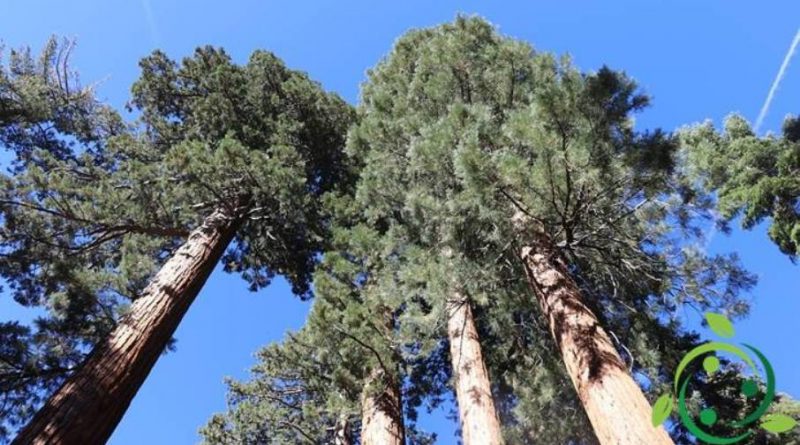How to grow Sequoia
How to grow Sequoia
The giant sequoia (Sequoiadendron giganteum (Lindman, Buchholz, 1939)), also called the wellingtonia, belongs to the Cupressaceae family, and is spread spontaneously only in restricted areas of the Sierra Nevada, California.
The giant sequoia can reach, in its habitat, the 95 m of height and have a basal diameter, much wider than the upper part of the collar, of more than 9 m. There is no definite information on the longevity of these trees, but chronological analysis allows us to set a lower limit of about 2200 years for the maximum age reached.
In this card we will see how to cultivate the Sequoia which, due to its size, represents in itself a challenge of no small importance.
Once the giant sequoia was a very cultivated tree, especially in the course century; today the cultivation of this plant, also due to its size at maturity and therefore the difficulty of introducing it into suitable spaces, has decreased in interest.
We see in fact how some beliefs can be denied and above all how to cultivate the Sequoia in the pedoclimatic conditions of Italy.
The giant Sequoia was introduced both by seed and by seedling in Europe around the middle of last century; of the hundreds of adult plants present in northern Europe, especially in England and France, none of them still reach fifty meters. In Italy, adult plants also reach lower heights.
The average data of this plant therefore in the European climate and especially in the Mediterranean one tell us that it barely reaches 35-40 meters, and takes 25 years to reach 15 meters.
With these characteristics of growth and final size the giant Sequoia is, to all intents and purposes, a very similar plant, except of course for the appearance, to some oaks.
In fact, it is a decidedly triangular or pyramidal tree, very unhooked, with large horizontal branches barely visible through the thick dark green-intense vegetation that turns sharply to dry color during the winter months.
From the not very thick foliage it is obviously possible to see a strong trunk with its typical rust-red bark. This trunk at the foot widens in a characteristic manner.
In addition, the lower stages, under the great weight fold down towards the ends, thus bringing the base of the foliage to the ground, but letting the foot of the trunk transpire which extraordinarily widens to reach more than twice the diameter measurable to a meter of height.
Therefore, if you are in a position to have a space that is in any case quite suitable, you can think of growing this majestic tree while respecting its soil and soil (soil type) needs.
The Giant Sequoia lives well in slightly acid soils and, of course, quite deep, even if not perfectly drained. A strong humidity does not harm its roots. As for its exposure, it is a plant that grows perfectly in full sun, as an isolated specimen; obviously going south it must be considered that these conditions of excessive humidity are always less possible and the excessive insolation can make the plant suffer more.
For this reason the most optimal latitude for the growth of this tree is above the 42nd parallel north (which corresponds roughly above the city of Rome).
If these characteristics are respected and these indications the cultivation of the giant Sequoia is possible in gardens and parks. It is a plant of easy settlement, resistant to the thermal excursions of our areas, resistant to pests, of relatively rapid growth and finally not as bulky as in its original habitat.

